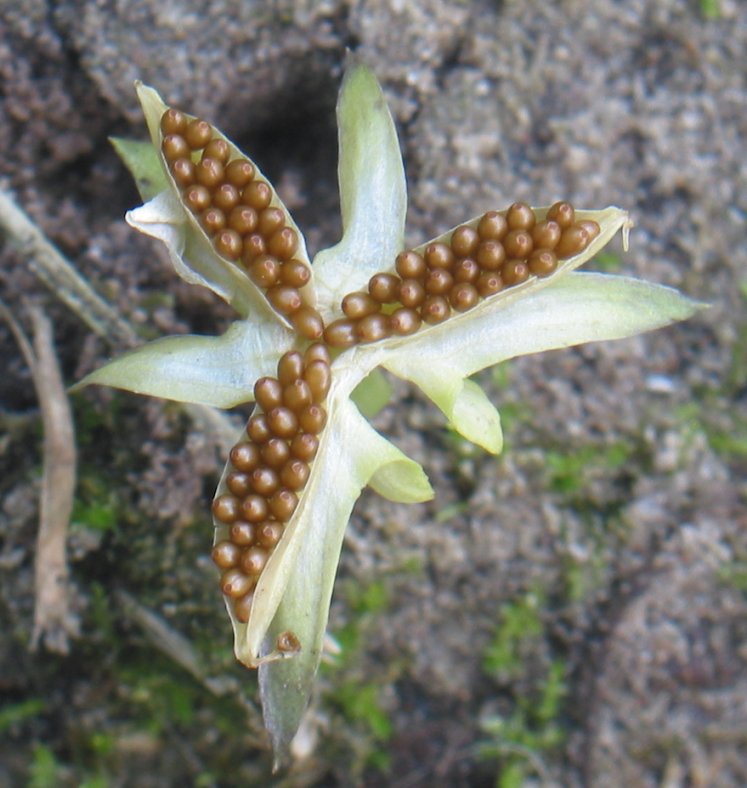|
Viola Striata
''Viola striata'' is a species of violet known by the common names striped cream violet and creamy violet. It is native to eastern North America North America is a continent in the Northern Hemisphere and almost entirely within the Western Hemisphere. It is bordered to the north by the Arctic Ocean, to the east by the Atlantic Ocean, to the southeast by South America and the Car ..., with its distribution being centered in interior areas away from the coastal plain. Its preferred habitat is mesic forests. It is a small, caulescent, perennial herb that has purple-striped white flowers in the spring. The leaves and blossoms are edible; the latter can be used to make jelly. References {{Authority control striata Edible plants ... [...More Info...] [...Related Items...] OR: [Wikipedia] [Google] [Baidu] |
Viola (plant)
''Viola'' is a genus of flowering plants in the violet family Violaceae. It is the largest genus in the family, containing between 525 and 600 species. Most species are found in the temperate Northern Hemisphere; however, some are also found in widely divergent areas such as Hawaii, Australasia, and the Andes. Some ''Viola'' species are perennial plants, some are annual plants, and a few are small shrubs. Many species, varieties and cultivars are grown in gardens for their ornamental flowers. In horticulture the term pansy is normally used for those multi-colored, large-flowered cultivars which are raised annually or biennially from seed and used extensively in bedding. The terms viola and violet are normally reserved for small-flowered annuals or perennials, including the wild species. Description Annual or perennial caulescent or acaulescent (with or without a visible plant stem above the ground) herbs, shrubs or very rarely treelets. In acaulescent taxa the foliage and flower ... [...More Info...] [...Related Items...] OR: [Wikipedia] [Google] [Baidu] |
North America
North America is a continent in the Northern Hemisphere and almost entirely within the Western Hemisphere. It is bordered to the north by the Arctic Ocean, to the east by the Atlantic Ocean, to the southeast by South America and the Caribbean Sea, and to the west and south by the Pacific Ocean. Because it is on the North American Plate, North American Tectonic Plate, Greenland is included as a part of North America geographically. North America covers an area of about , about 16.5% of Earth's land area and about 4.8% of its total surface. North America is the third-largest continent by area, following Asia and Africa, and the list of continents and continental subregions by population, fourth by population after Asia, Africa, and Europe. In 2013, its population was estimated at nearly 579 million people in List of sovereign states and dependent territories in North America, 23 independent states, or about 7.5% of the world's population. In Americas (terminology)#Human ge ... [...More Info...] [...Related Items...] OR: [Wikipedia] [Google] [Baidu] |
Mesic Habitat
In ecology, a mesic habitat is a type of habitat with a moderate or well-balanced supply of moisture, e.g., a mesic forest, a temperate hardwood forest, or dry-mesic prairie. Mesic habitats transition to xeric shrublands in a non-linear fashion, which is evidence of a threshold. Mesic is one of a triad of terms used to describe the amount of water in a habitat. The others are xeric and hydric. Further examples of mesic habitats include streamsides, wet meadows, springs, seeps, irrigated fields, and high elevation habitats. These habitats effectively provide drought insurance as land at higher elevations warms due to seasonal or other change. Healthy mesic habitats act like sponges in that they store water in such a way that it can be deposited to neighboring habitats as needed. They are common in dryer regions of the western United States, and can be a good water source to neighboring desert habitats. Healthy mesic habitats also provide forb and insects for organisms belonging t ... [...More Info...] [...Related Items...] OR: [Wikipedia] [Google] [Baidu] |
Sterling Publishing
Sterling Publishing Company, Inc. is a publisher of a broad range of subject areas, with multiple imprints and more than 5,000 titles in print. Founded in 1949 by David A. Boehm, Sterling also publishes books for a number of brands, including AARP, Hasbro, Hearst Magazines, and ''USA TODAY'', as well as serves as the North American distributor for domestic and international publishers including: Anova, the Brooklyn Botanic Garden, Carlton Books, Duncan Baird, Guild of Master Craftsmen, the Orion Publishing Group, and Sixth & Spring Books. Sterling also owns and operates two verticals, Lark Crafts and Pixiq. Sterling Publishing is a wholly owned subsidiary of Barnes & Noble, which acquired it in 2003. On January 5, 2012, ''The Wall Street Journal'' reported that Barnes & Noble had put its Sterling Publishing business up for sale. Negotiations failed to produce a buyer, however, and Sterling is reportedly no longer for sale as of March, 2012. In January 2022, Sterling rebranded as ... [...More Info...] [...Related Items...] OR: [Wikipedia] [Google] [Baidu] |

.jpg)